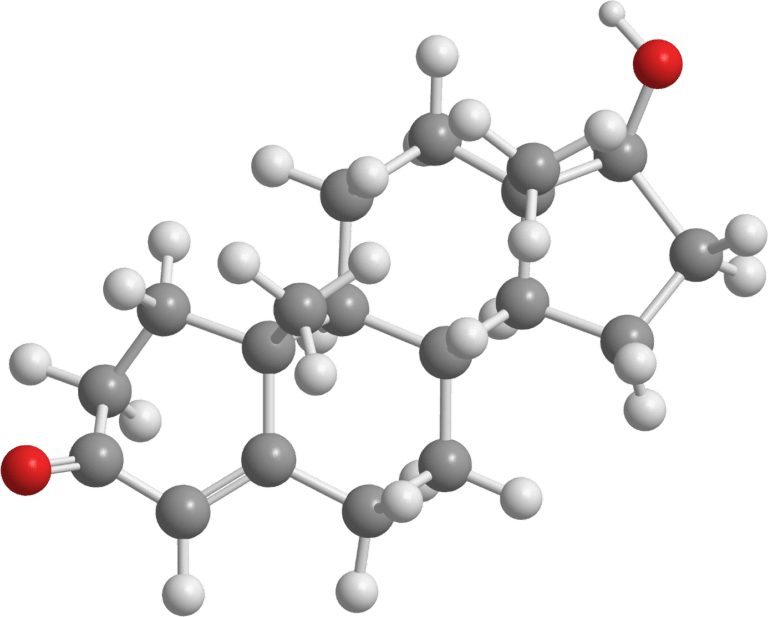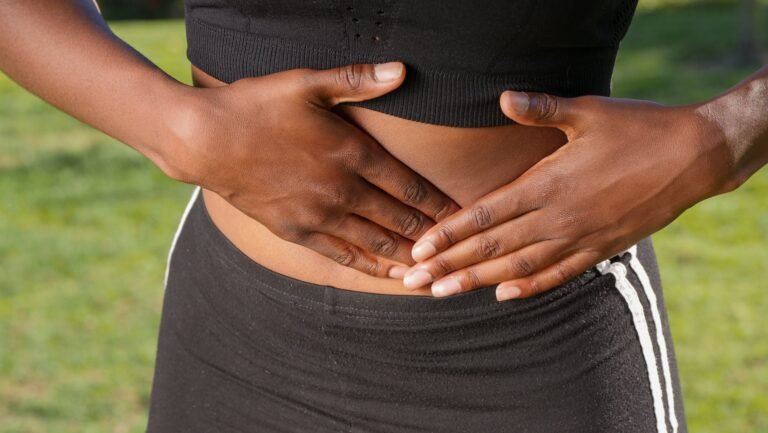Flavonoid rich diet benefits ?
Eating many foods with flavanols (antioxidants found in certain fruits, vegetables, tea, and cocoa) may help in diet and be good for your blood pressure, according to a study published in Scientific Reports in October 2020. researchers examined data on blood pressure, cardiovascular disease, and urinalysis results, looking for biomarkers of flavan-3-ol, a substance that indicates how much flavanol is in the diet, from more than 25,000 UK adults. Systolic blood pressure, the “peak number” that indicates how much pressure blood exerts on artery walls as the heart beats, was about 1. nine millimeters of mercury (mmHg) decrease in guys and approximately 2.5 mmHG lower in women with the highest flavonoid intake than in women with the lowest flavonoid intake. Blood pressure differences associated with a flavonoid-rich diet were more pronounced in older adults and people diagnosed with high blood pressure than in younger people and people with normal blood pressure, the study found. “Our examine suggests for the primary time that flavanols eaten up as a part of the ordinary eating regimen are related to decrease blood pressure,” saysthe study’s lead author, Gunter Kuhnle, of the Department of Food and Nutrition Sciences at the university of Reading in the UK.
-
Pros and cons of this take a look at design
A benefit of this study is that it used urinalysis to estimate the amount of flavones people had in their diet; Many other studies looking at the health benefits of different eating habits instead rely on food diaries or surveys, which don’t always give an accurate picture of how people actually eat, write Kuhnle and colleagues. In these cases, people often report healthier eating habits than they actually do.Another advantage of the usage of biomarkers rather than self-suggested nutritional data is that the quantity of flavanols in a given meals or drink can also additionally vary.


For example, there can be anywhere from 10 to 330 milligrams (mg) of flavanols in 100 grams (g) of tea, the researchers note. “Using dietary biomarkers to estimate intake of bioactive food compounds has long been considered the gold standard for research because it allows intake to be measured objectively,” says Kuhnle. The main limitation of the study is that the results of this study are in the US.K., where tea is the main source of dietary flavanols, may not reflect what would happen in other populations where people tend to prefer other foods and beverages. An additional limitation is that the researchers analyzed urine tests for flavonoid intake at a single time point, and it is possible that dietary habits may have changed over time in ways that could affect blood pressure or heart failure risk the researchers determined . It is also worth noting that the study was funded by candy manufacturer Mars Inc., in which of the authors work.
-
What otherstudiesare saying about flavanols, diet and blood pressure
Former studies have set up that flavanols may help reduce arterial stiffness, cholesterol situations, blood pressure and the threat of developing or dying from cardiovascular complaint, according to a June 2018 publication in Molecular Aspects of Medicine published overview. This review linked the flavanols in cacao, and tea in particular, to these heart health benefits.
The blood pressure reductions observed with flavanols in the current study are similar to what former exploration has set up with two heart-healthy diets, the Mediterranean diet and the Dietary Approaches to Stop Hypertension( gusto) diet, says Kuhnle.
According to the Mayo Clinic, a Mediterranean diet emphasizes the consumption of fruits, vegetables, whole grains, fish, nuts, olive oil painting, and other healthy fats. He also advises dairy in temperance and limits red and reusedmeats.The gusto diet takes these ideas further by recommending the number of servings per week for different foods and limiting sodium input.
A 2013 study published in BMC drug set up that diastolic blood pressure, the” low number” that indicates how important pressure blood is plying on the roadway walls when the heart is resting between beats, was reduced by a Mediterranean diet increased by1.5 mmHg. still, this study set up no association between the Mediterranean diet and systolic blood pressure.
To reap the benefits of flavanols from sources like cocoa and tea, it’s stylish to have raw forms without a lot of sugar, cream, and other complements, Helleradvises.This is especially true for cocoa and chocolate.
People looking to lower their blood pressure through diet should consider adding flavanols as part of an overall healthy eating pattern, advises Heller.
” We eat food, not individual nutrients, and it’s important to note that our salutary habits play a significant part in the immersion of flavanols and other healthy factory composites,” says Heller. “ Switching to the gusto, or Mediterranean, eating pattern is a great way to increase your input of flavanols, as well as fiber, vitamins, minerals, and other healthy factory chemicals, and lower your blood pressure and threat of other habitual conditions.
A former study in the New England Journal of Medicine set up that people who tried to reduce their sodium input to the smallest possible position after a DASH diet reduced systolic blood pressure further than other diets by 11. 5 mmHg more for people with hypertension and7.1 mmHg more for people without hypertension. When people tried to reduce sodium input from high to moderate situations, the DASH diet lowered systolic blood pressure by2.1 mmHg.
” A sustained reduction in blood pressure of 2 mmHg would have a major benefit to the population, so from a public health perspective that is a significant number,” said Deepak Bhatt, MD, MPH, administrative director of interventional cardiovascular programs at Brigham. and the Cardiovascular Center at Women’s Hospital and Professor at Harvard Medical School in Boston.
” For an individual, still, that would be lower than what some people on swab restriction or specifically those on the Mediterranean or DASH diet will witness,” saysDr. Bhatt, who wasn’t involved in the new flavonoid study.
-
Which foods rich in flavonoids are stylish for lowering blood pressure?
The flavanols are part of a large family of composites set up in shops like fruits, vegetables, sap, grains and nuts, says Samantha Heller, RD, a elderly clinical nutritionist at NYU Langone Health in New York City, who wasn’t involved. in the current study. learn.
” In foods, these composites have been set up to give numerous health benefits, including a reduced threat of certain conditions similar as cardiovascular complaint, metabolic pattern, and certain cancers,” says Heller. They act as important antioxidants andanti-inflammatory agents.







